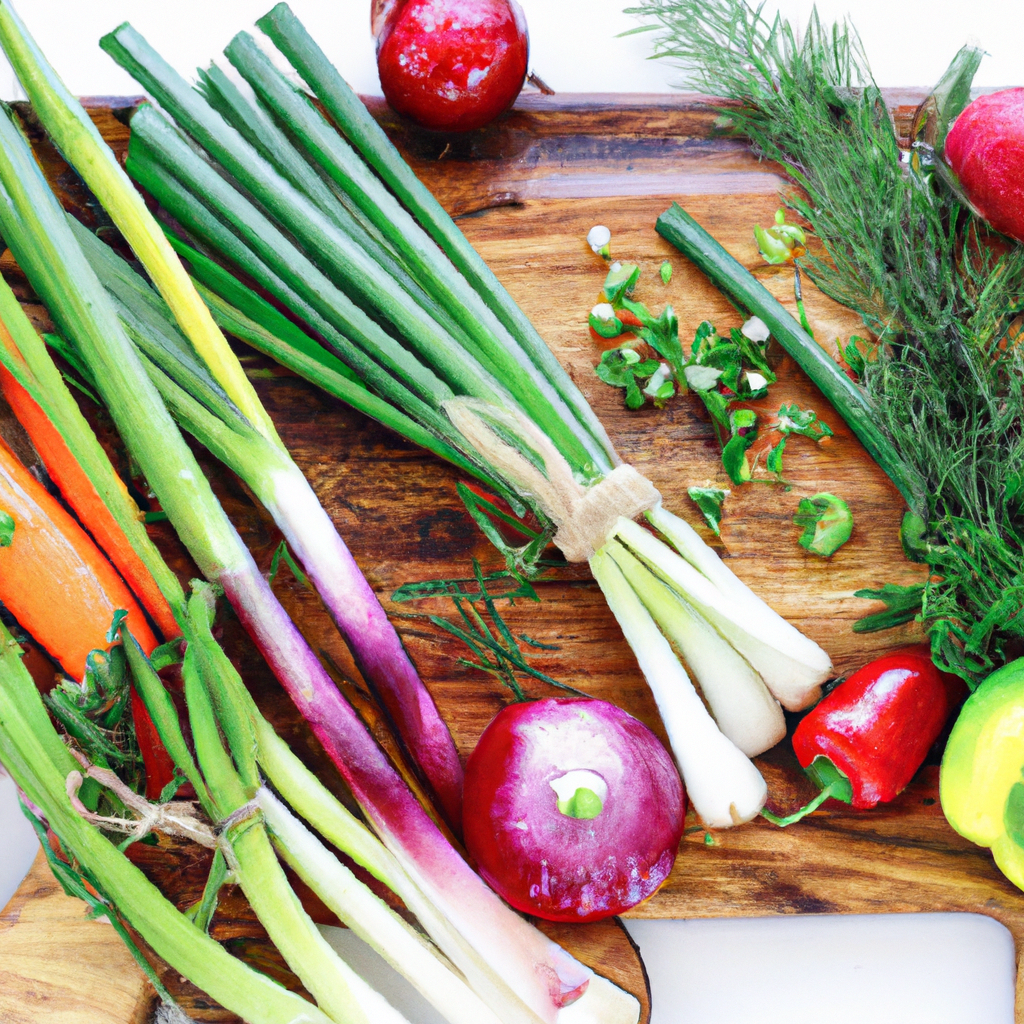
Tending to a kitchen garden is like having a little slice of paradise right outside your doorstep. The joy of stepping out each day to pick fresh herbs and vegetables for your meals is unbeatable. Not only does it add a burst of flavor to your cooking, but it also enhances the cozy vibe of your home. Setting up a kitchen garden may seem intimidating at first, but with the right guidance and a touch of enthusiasm, you can have your own bountiful harvest in no time.
When it comes to starting your kitchen garden, the first step is choosing the perfect spot. Look for a sunny location in your yard or balcony that receives at least 6 hours of sunlight daily. Herbs and vegetables thrive in sunlight, so make sure to provide them with the necessary light to grow and flourish. If you have limited outdoor space, don’t worry! Many herbs and vegetables can also be grown indoors on a sunny windowsill or under grow lights.
Next, consider the size of your garden. It’s important to start small, especially if you’re new to gardening. Begin with a few of your favorite herbs and vegetables that you frequently use in your recipes. This will make the process more manageable and prevent you from feeling overwhelmed. As you gain experience and confidence, you can always expand your garden to include more varieties.
Now, let’s talk about soil. Good soil is the foundation of a successful kitchen garden. Make sure to choose a well-draining potting mix that is rich in nutrients. You can also enrich the soil with compost or organic matter to provide your plants with essential nutrients for healthy growth. Remember to water your garden regularly, but be mindful not to overwater as it can lead to root rot.
When it comes to selecting herbs and vegetables for your kitchen garden, choose varieties that are well-suited to your growing conditions. Some easy-to-grow herbs include basil, mint, chives, and parsley, while beginner-friendly vegetables include tomatoes, peppers, lettuce, and radishes. Consider planting a mix of annuals and perennials to ensure a continuous harvest throughout the growing season.
One of the benefits of having a kitchen garden is the convenience of having fresh herbs and vegetables at your fingertips. Say goodbye to last-minute trips to the grocery store for a handful of herbs or a few cherry tomatoes. Simply step outside, harvest what you need, and incorporate it into your meals. Not only does this save you time and money, but it also ensures that you’re consuming the freshest produce possible.
Another advantage of growing your own herbs and vegetables is the satisfaction of knowing exactly where your food comes from. By cultivating your garden, you have full control over how your plants are grown. You can choose to grow organically, without the use of harmful chemicals, and savor the pure flavors of freshly picked produce.
In addition to the culinary benefits, a kitchen garden adds a touch of greenery and charm to your home. Whether you have a small herb garden on your windowsill or a raised bed in your backyard, the sight of lush green plants will brighten your space and create a cozy atmosphere. You can also get creative with planters and containers to add a decorative touch to your garden.
In conclusion, setting up a kitchen garden for fresh herbs and vegetables is a rewarding and fulfilling experience. It allows you to connect with nature, savor the flavors of freshly picked produce, and beautify your home with greenery. With a little planning, care, and enthusiasm, you can enjoy a bountiful harvest of herbs and vegetables right outside your doorstep. So roll up your sleeves, dig in the soil, and start your kitchen garden journey today!
